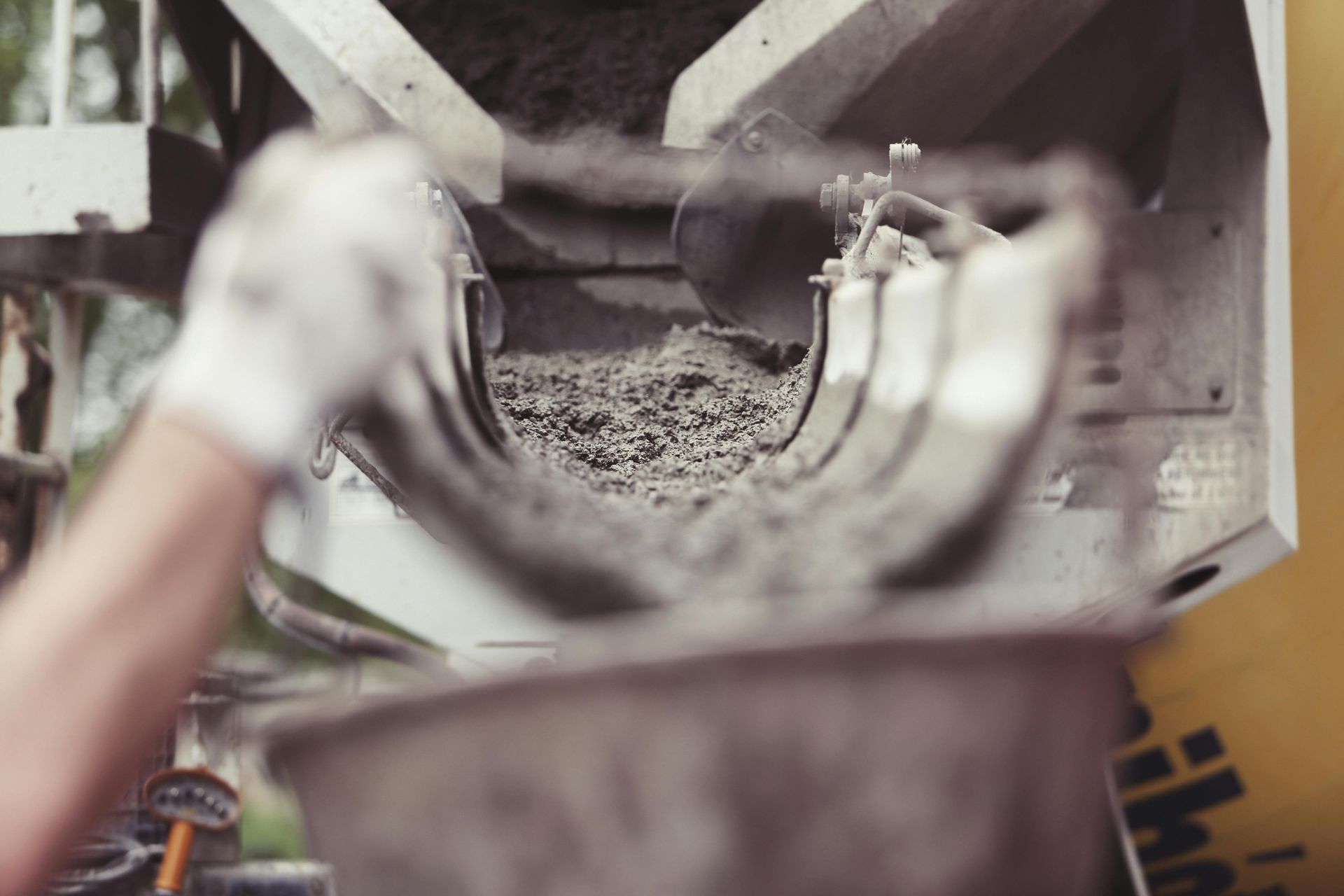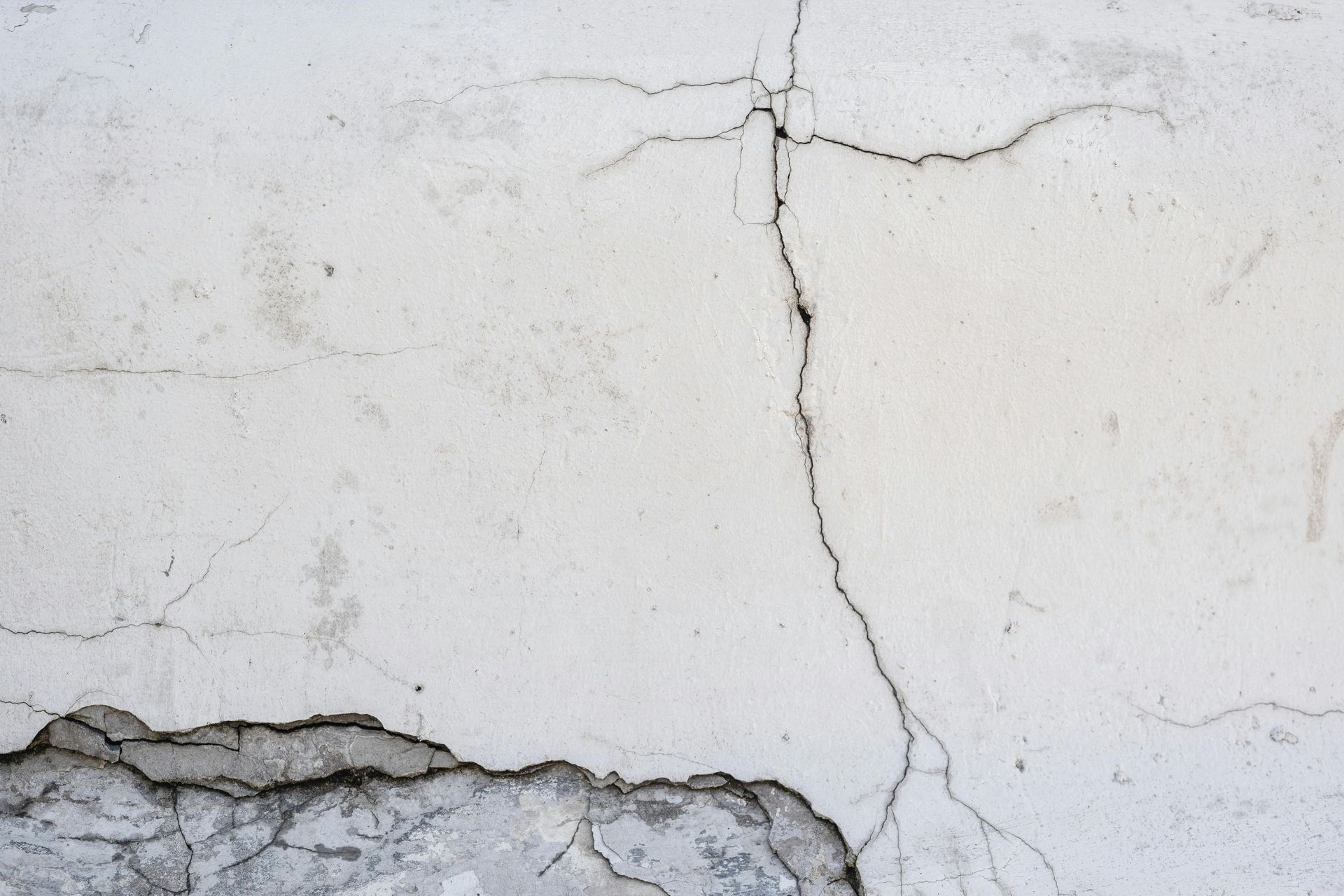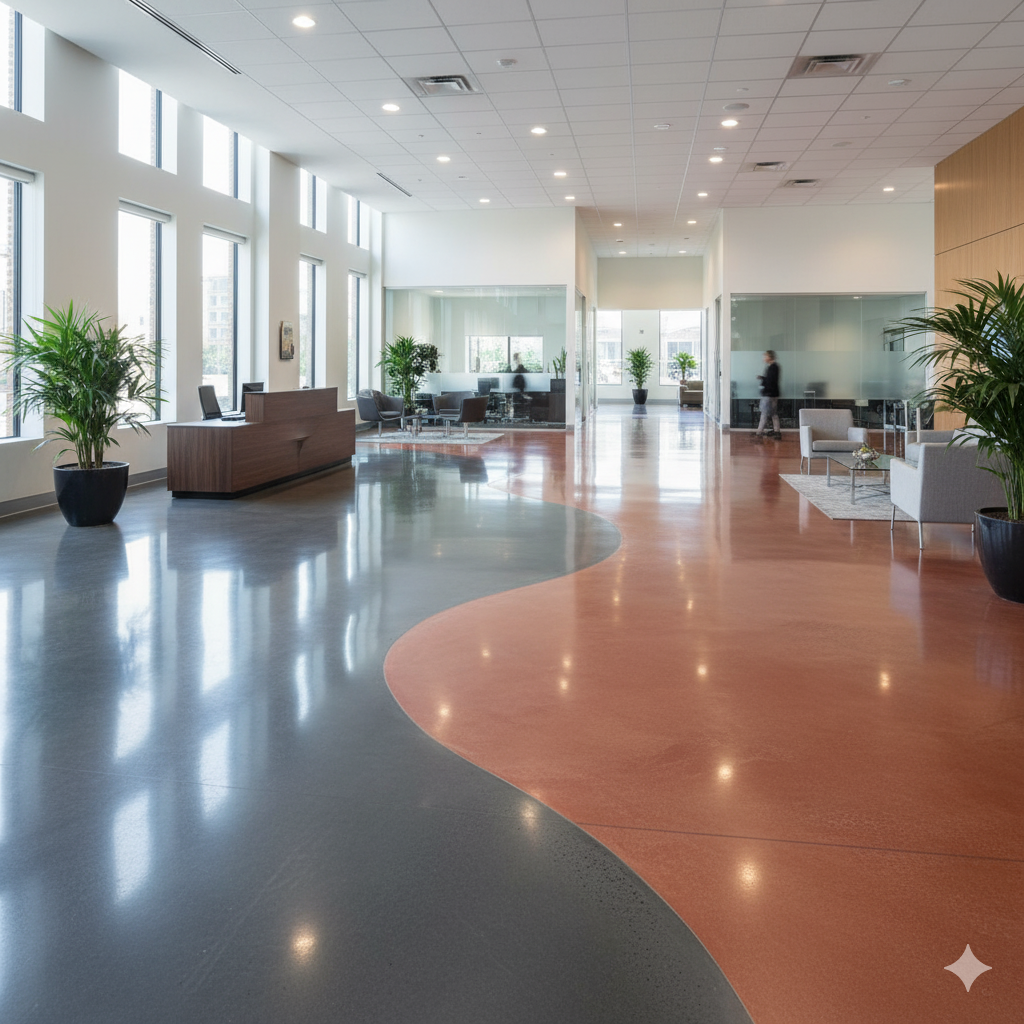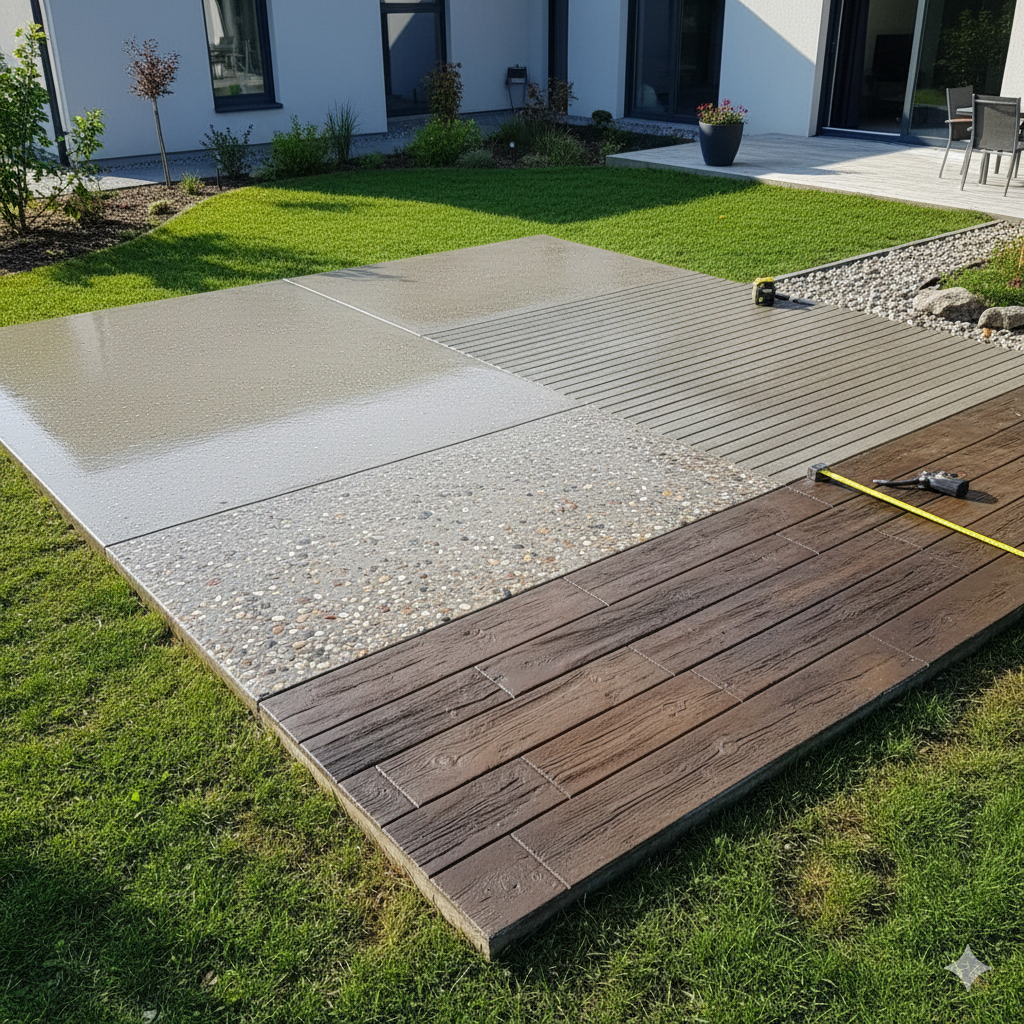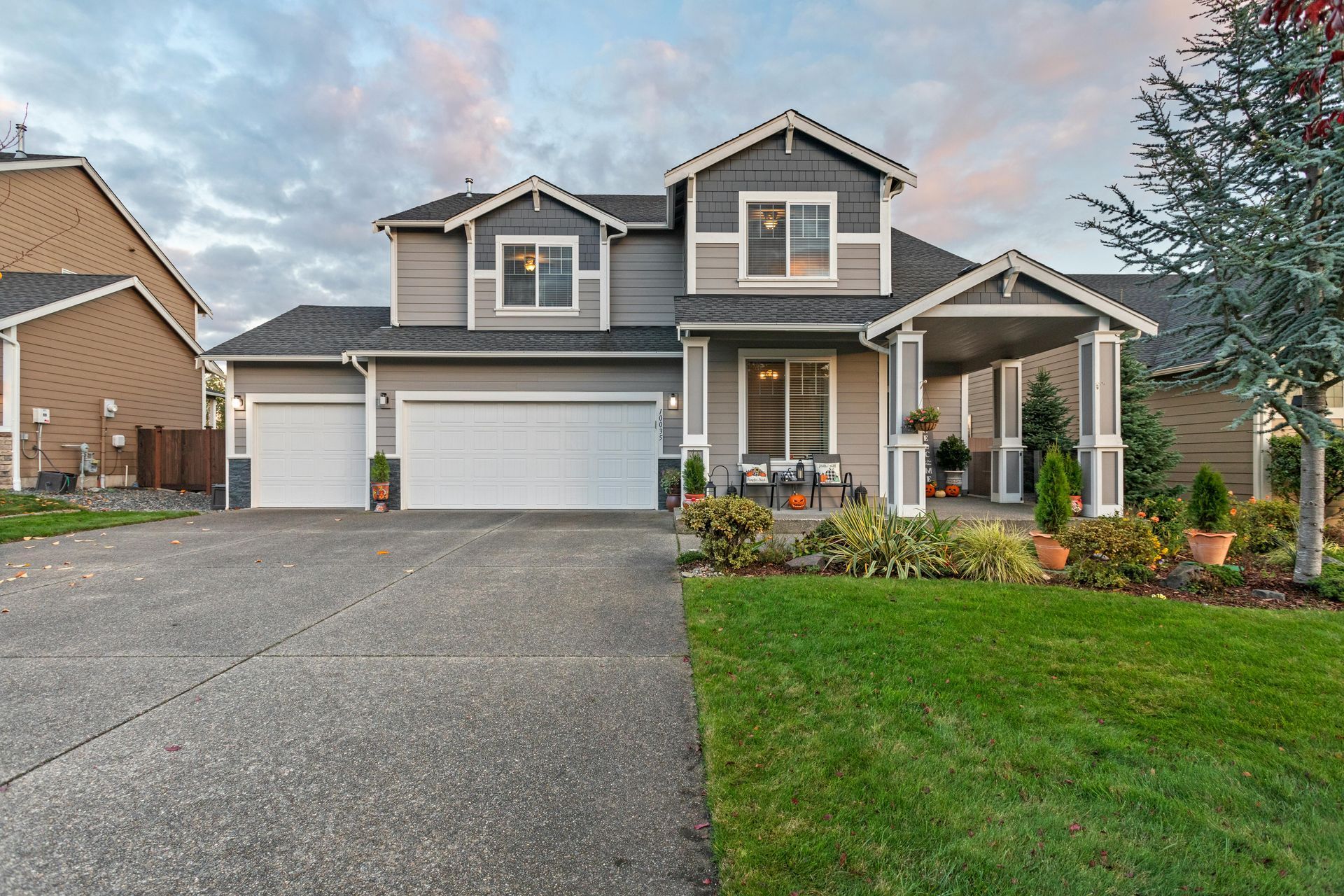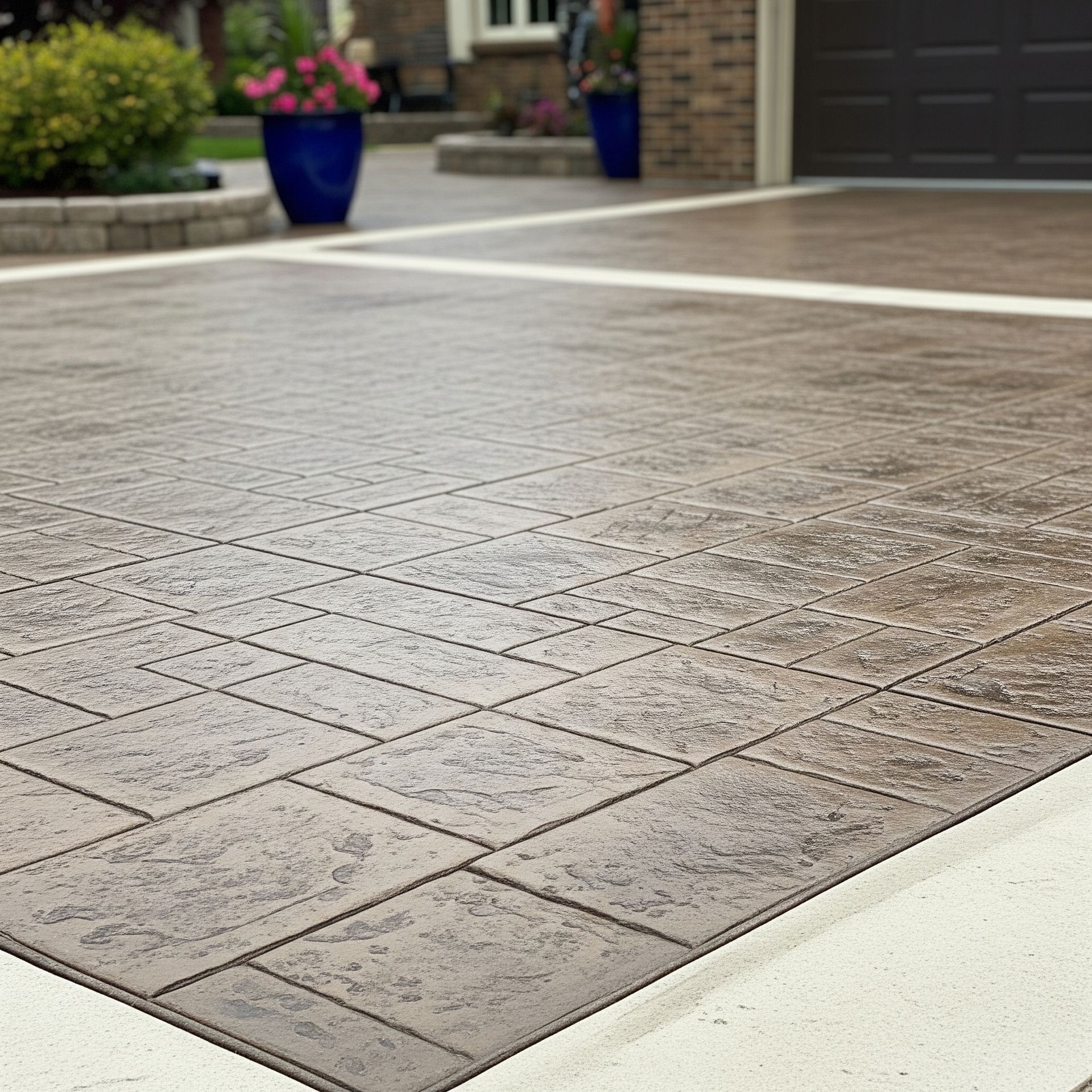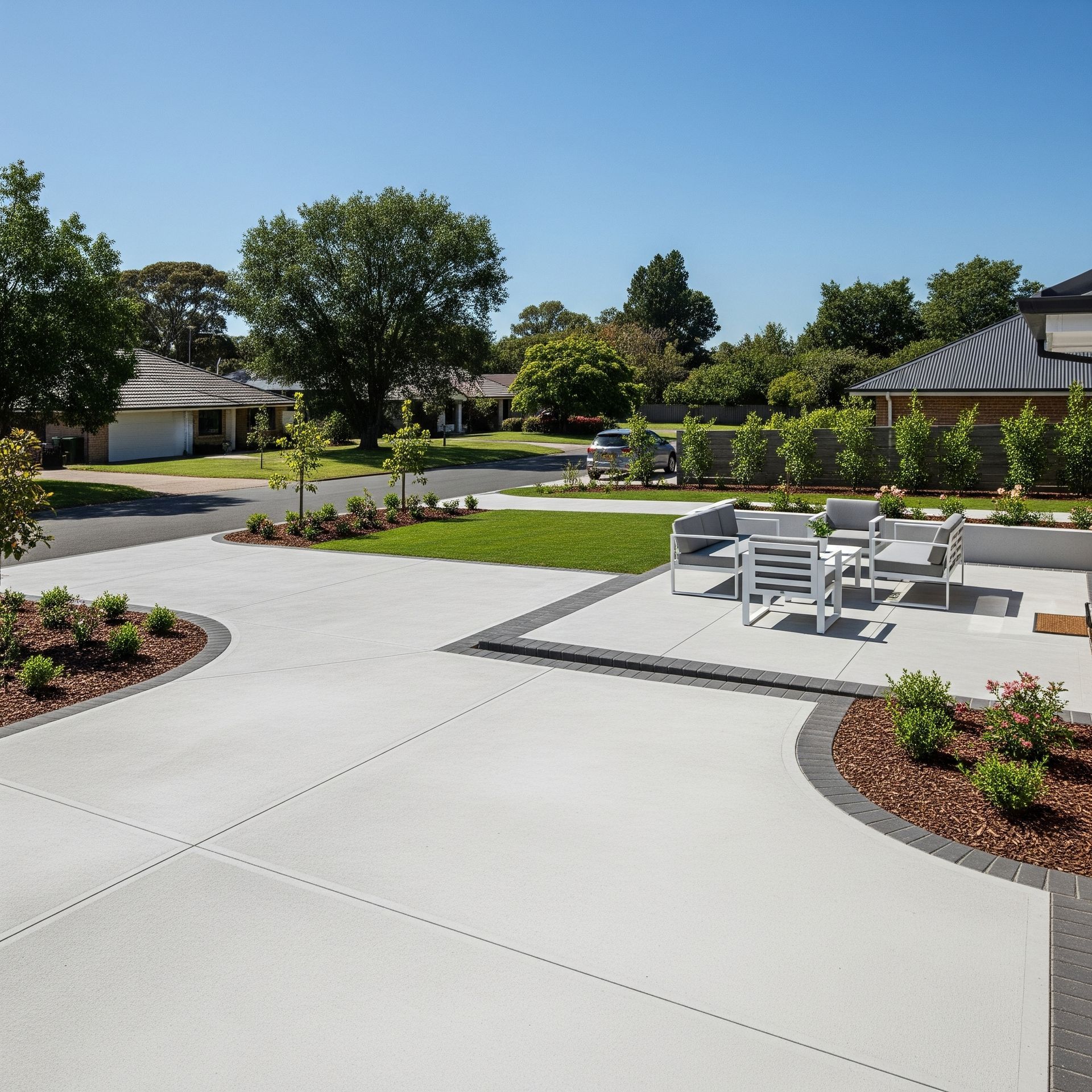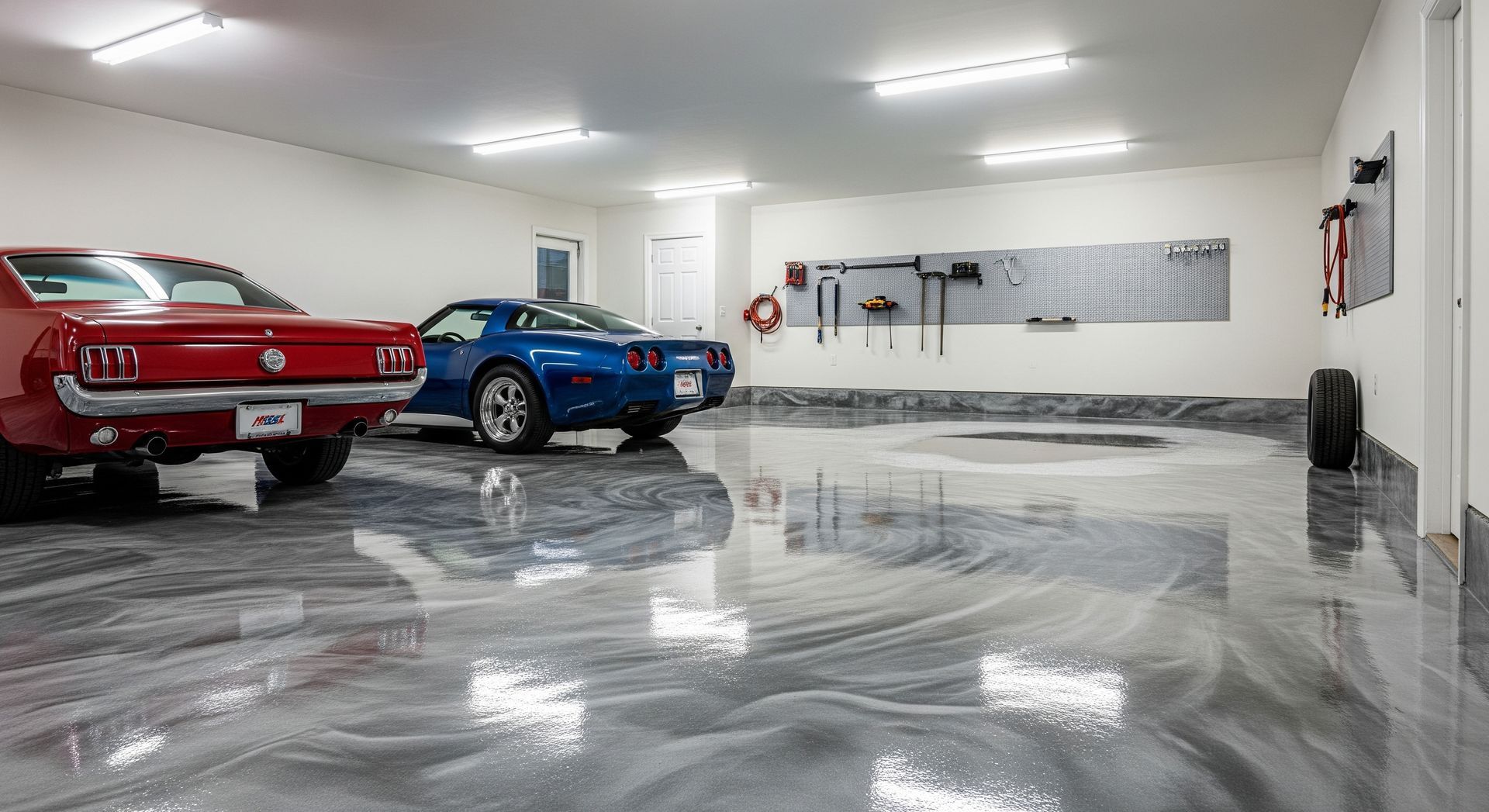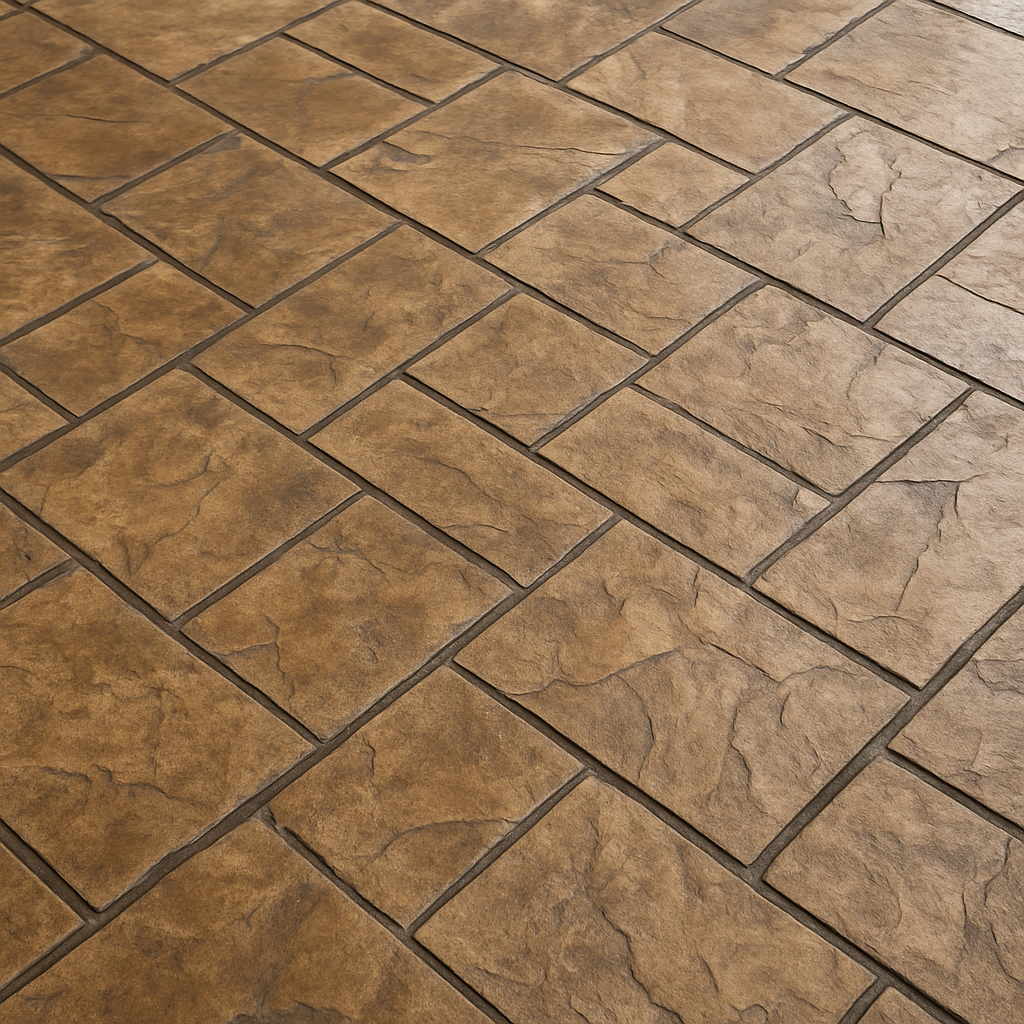WARNING: These Pool Deck Safety Issues Could Send Someone to the ER!
The Hidden Danger Lurking in Your Backyard
You walk outside on a sunny afternoon, ready to enjoy a relaxing day by the pool. But as you step onto your pool deck, your foot suddenly slips, and you barely catch yourself before hitting the hard surface. Or maybe you’ve noticed cracks forming, pavers shifting, or even strange green patches that seem to get worse after every rain. Sound familiar?
If you’re like many homeowners, your pool deck might be a hidden safety hazard. A slippery, cracked, or uneven deck isn't just an eyesore—it can be a serious accident waiting to happen. As a contractor specializing in pool deck safety, I’ve seen far too many preventable injuries caused by neglecting basic maintenance. But don’t worry! Fixing your pool deck is easier (and more affordable) than you might think.
Common Pool Deck Hazards You Can’t Afford to Ignore
Before we jump into the solutions, let’s talk about the most common dangers lurking on pool decks. If you spot any of these issues, it’s time to take action:
1. Slippery Surfaces
Water and smooth surfaces don’t mix well—just ask anyone who’s ever taken an unexpected tumble by the pool. Slippery decks are one of the biggest dangers, especially if mold, mildew, or pool chemicals have made the surface even slicker.
Real Talk: I once had a client whose 5-year-old slipped and hit his head on their deck because of an unnoticed algae buildup. After sealing and texturing the surface, they never had another issue.
2. Cracks and Uneven Surfaces
Cracks start small but can turn into major tripping hazards over time. If parts of your deck are settling unevenly, someone could stub a toe or worse—take a nasty fall.
3. Loose or Wobbly Pavers and Tiles
If your pool deck has pavers or tiles, they can loosen over time. The moment one of them shifts underfoot, you’ve got a sprained ankle waiting to happen.
4. Mold, Mildew, and Algae Growth
That green, slimy stuff creeping along the edges of your deck isn’t just ugly—it’s dangerous. Mold and algae thrive in damp conditions and can make your deck extra slippery.
5. Fading and Heat Retention
In the summer, some pool decks get so hot they can literally burn your feet. Plus, UV rays can cause materials to fade, making them look old and worn.
How to Fix Your Dangerous Pool Deck—Step by Step
Now that we know what’s causing the problem, let’s fix it! Here’s how to turn your pool deck from a danger zone into a safe, stylish, and functional outdoor space.
Step 1: Make Your Deck Slip-Resistant
A slick surface is the easiest problem to fix. Here’s what you can do:
- Apply an anti-slip coating. There are several sealers designed to add grip without ruining your deck’s appearance. Look for acrylic or epoxy coatings made for pool decks.
- Add texture. If your deck is made of smooth concrete, a contractor can apply a textured overlay or stamping to increase traction.
- Power wash regularly. Dirt, algae, and mildew create slippery conditions. A simple power wash every few months can prevent buildup.
- Control water runoff. If water pools in certain areas, consider installing a drainage system or re-leveling your deck to prevent standing water.
Contractor Tip: I recommend a clear, non-slip sealer for homeowners who want extra protection without altering the look of their deck.
Step 2: Repair Cracks and Uneven Areas
If you spot cracks, don’t ignore them! Here’s how to fix them before they become bigger problems:
For small cracks, use a waterproof concrete filler.
For large cracks, resurfacing may be needed to prevent further damage.
For uneven settling, consider mudjacking (lifting the surface with a special material) or replacing damaged sections.
Pro Tip: If your deck has multiple cracks or is sinking, it’s time to call a professional before the damage worsens.
Step 3: Secure Loose Pavers and Tiles
If you feel movement underfoot, it’s time to reset your pavers or tiles:
Remove the loose piece, clean underneath, and reattach it with a strong adhesive.
Use polymeric sand between pavers to keep them from shifting.
Seal the edges to prevent further movement.
Step 4: Get Rid of Mold, Mildew, and Algae
A good cleaning routine will keep mold and algae at bay:
Scrub with a mildew remover or a mixture of water, vinegar, and baking soda.
Apply a sealant to prevent future growth.
Trim back overhanging trees and bushes to allow more sunlight to dry out damp areas.
Step 5: Fix Heat and UV Damage
Does your deck feel like a frying pan in the summer? Here’s what you can do:
Apply a reflective coating to reduce heat absorption.
Choose light-colored sealers—they reflect heat better than dark colors.
Consider installing shade structures like pergolas or umbrellas.
Real Talk: I once worked on a deck where the surface temperature was over 140°F—hot enough to burn bare feet in seconds! After applying a heat-resistant coating, it was safe to walk on even during peak summer.
When to Call a Professional
Some issues are best left to the pros. Consider hiring a contractor if:
- Your deck has large cracks or structural damage.
- Uneven surfaces are causing serious trip hazards.
- You’re unsure about which coatings or sealers to use.
- You need a full deck resurfacing or replacement.
Final Thoughts: Don’t Wait Until It’s Too Late!
A neglected pool deck isn’t just an eyesore—it’s a serious safety risk. But the good news is, most problems can be fixed with the right approach. By sealing cracks, adding non-slip coatings, and keeping your deck clean, you’ll create a safer environment for your family and guests.
So, take a walk around your pool today. Spot any hazards? Now you know exactly what to do. And if you ever need a pro’s touch, don’t hesitate to call in a contractor to ensure your pool deck is
safe, stylish, and built to last!
